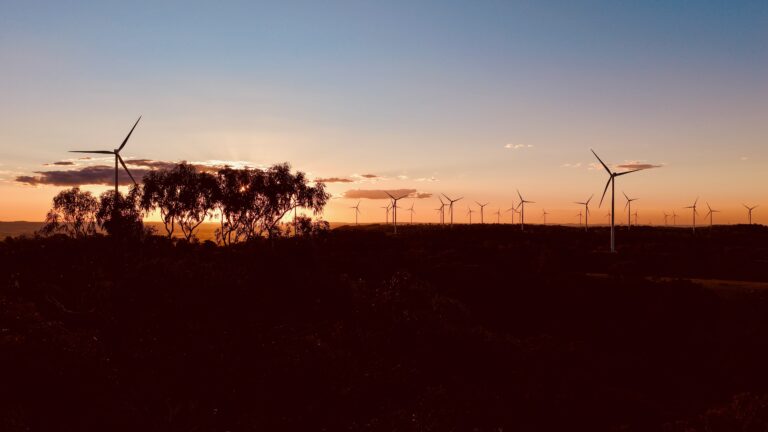
Year in review – 2025
As we look back on 2025, we are proud of the progress and milestones we have achieved this year.
Our projects
Status
Local government area
230k
Expected homes powered
200k
Expected tonnes of emissions avoided
426MW
Expected capacity

As we look back on 2025, we are proud of the progress and milestones we have achieved this year.

Community programs and initiatives backed by Squadron Energy have been featured in the Best Practice Charter Report, highlighting the company’s commitment to community engagement and sustainability. Key initiatives include funding Disaster Relief Australia’s Big Map for emergency planning, delivering a First Nations training program in Wellington, leading research on bat collision risks at wind farms, and partnering with Dubbo Regional Council on an advanced wastewater treatment facility.

After receiving SEARs for the project, we are working with our consultants and landowners to complete the required technical assessments

We are thrilled to announce that Rebecca Gilchrist is the recipient of our first Rural Women’s Day Scholarship supported by Squadron Energy.
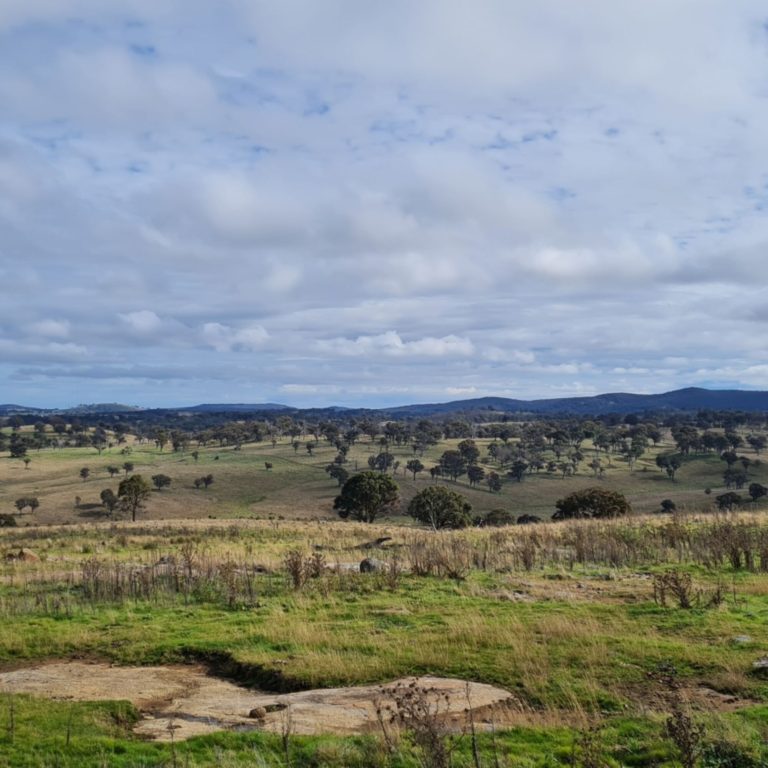
Welcome to our April newsletter for the proposed Boorolong Wind Farm, located on Anaiwan Country, approximately 20 kilometres north-west of
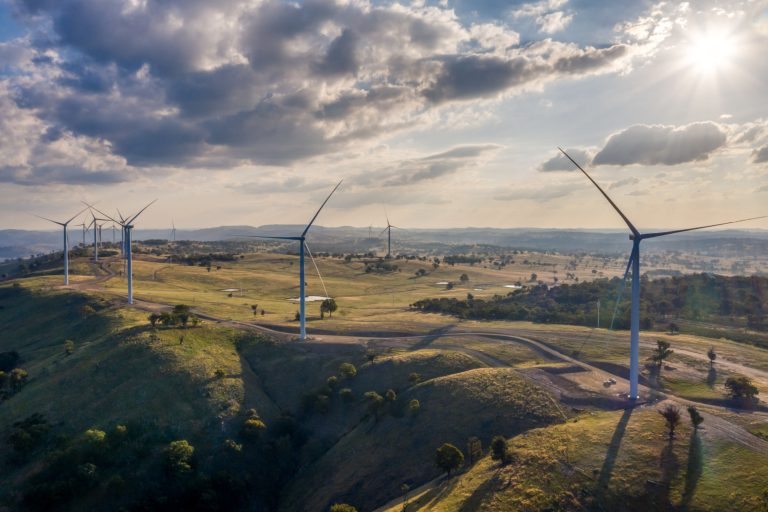
Squadron Energy welcomes progress on the implementation of the Federal Government’s Developer Rating Scheme, which aims to promote best practice engagement among
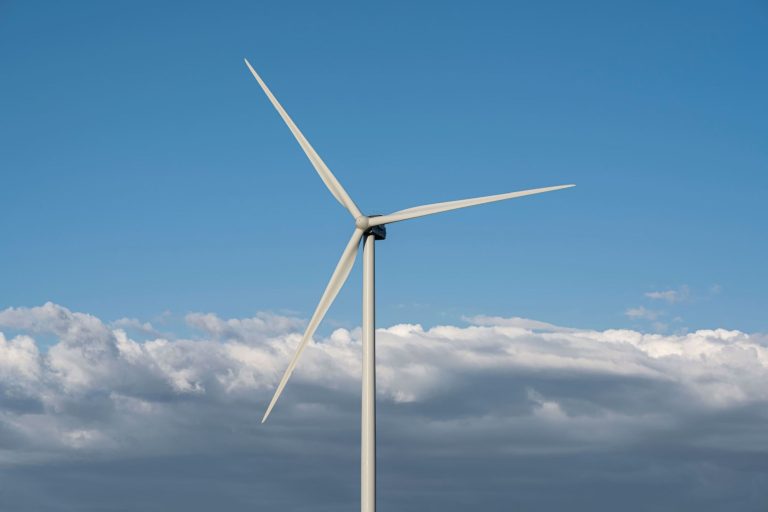
Curious about wind energy and how wind farms work? Here are the answers to some of our most frequently asked questions at

Since our last edition we have met with many of our stakeholders to gather and provide information, understand concerns and
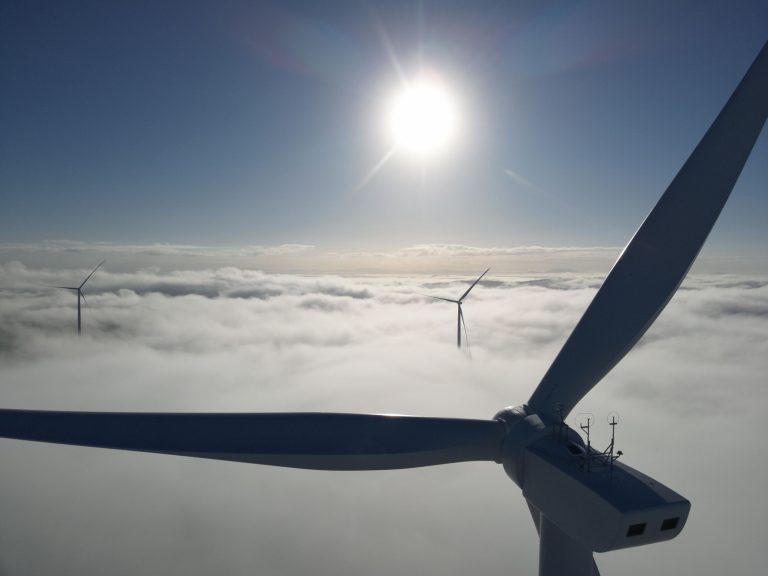
It has been a busy year for Squadron Energy. Read about our progress this year in our Year in review.

The latest Electricity Statement of Opportunities (ESOO) from AEMO is a welcomed confirmation that renewable energy generation is on track to replace exiting coal

We are pleased to announce that Kristy Old has joined our team as Project Manager for Boorolong Wind Farm. Read
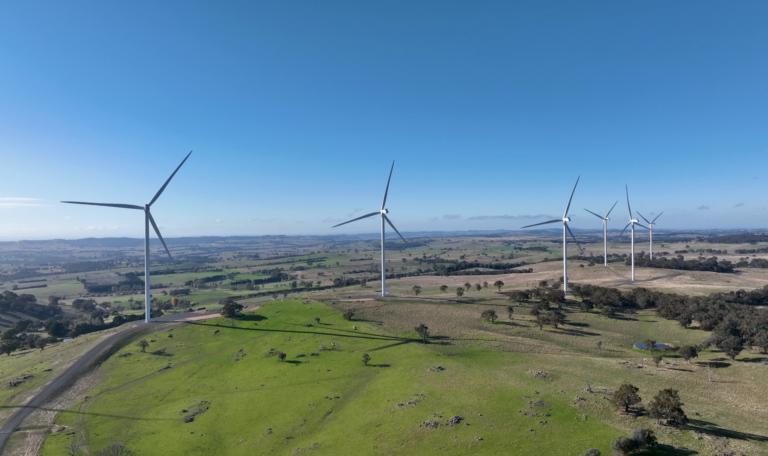
Squadron Energy CEO Rob Wheals said: “The 2024 Integrated System Plan (ISP) reaffirms the comprehensive planning and implementation done to date on
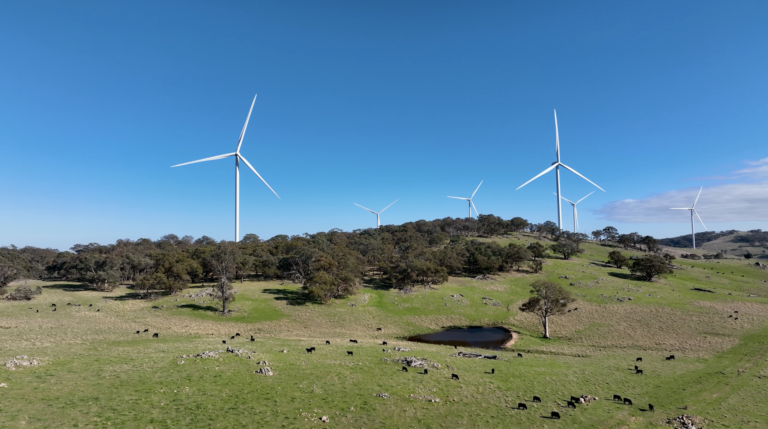
As we continue on our mission to lead Australia’s clean energy transition, we look back on some of our key
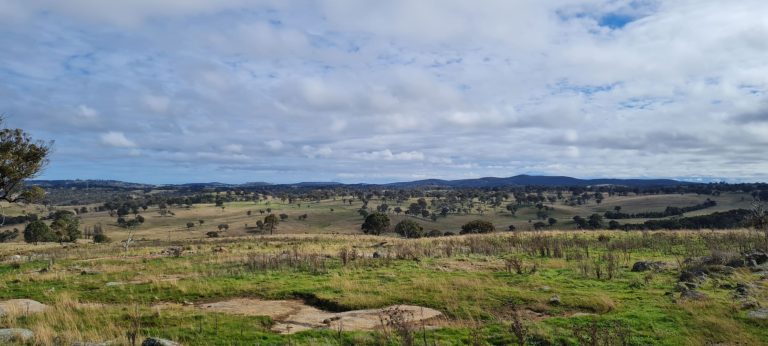
Squadron Energy’s Boorolong Wind Farm Project team are helping provide nutritional meals to those in need throughout New England with

We are getting on with the critical delivery of new renewable generation. As confirmed in the latest GenCost report from the CSIRO
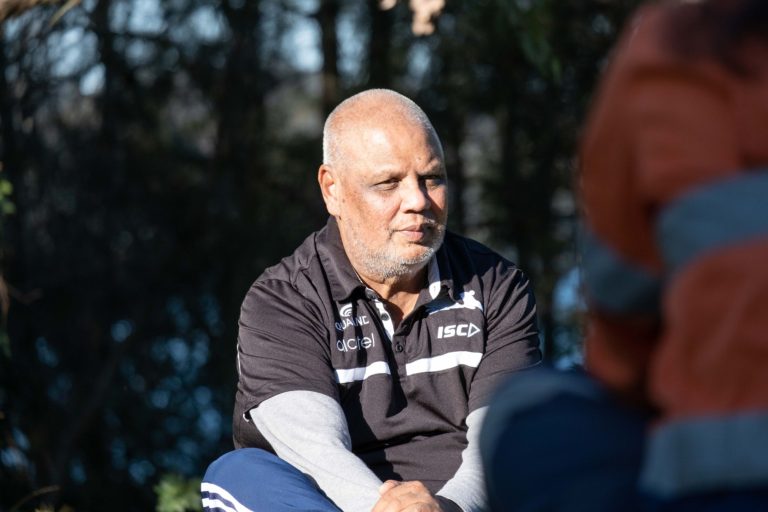
A men’s cultural camp that is changing the lives of Aboriginal boys and men in regional NSW took place over

The Boorolong Wind Farm team are continuing to engage with the local community and key stakeholders. We are meeting with

Wind energy has come a long way in Australia since operations began at the first commercial wind farm in 1987.
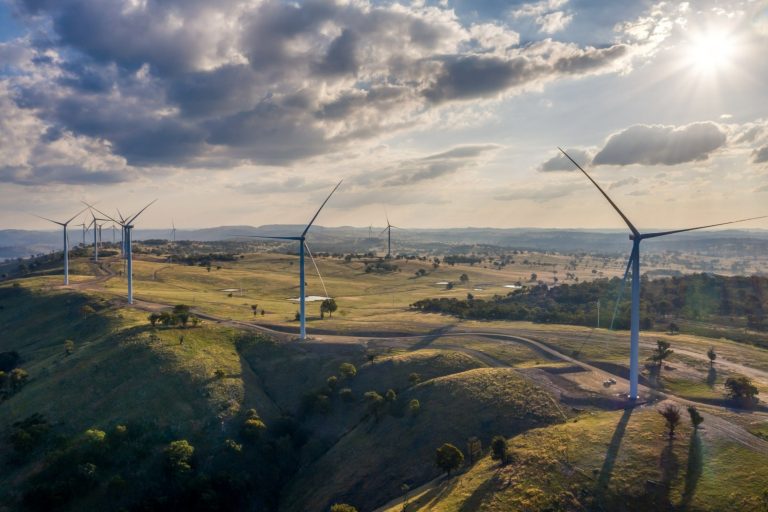
CWP Renewables has joined forces with Squadron Energy to become the Australian leader in renewable energy. CWP Renewables was acquired
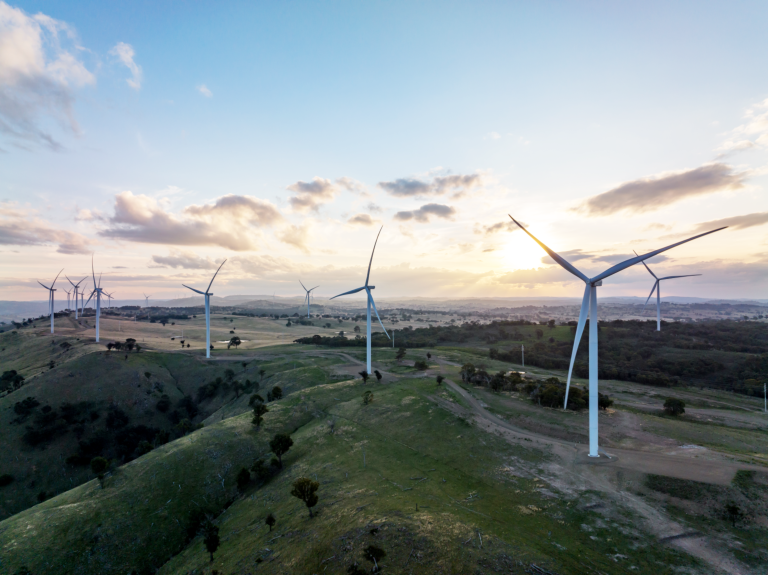
Growth has been our theme for 2022. We completed construction on two wind farms, launched two new projects and delivered
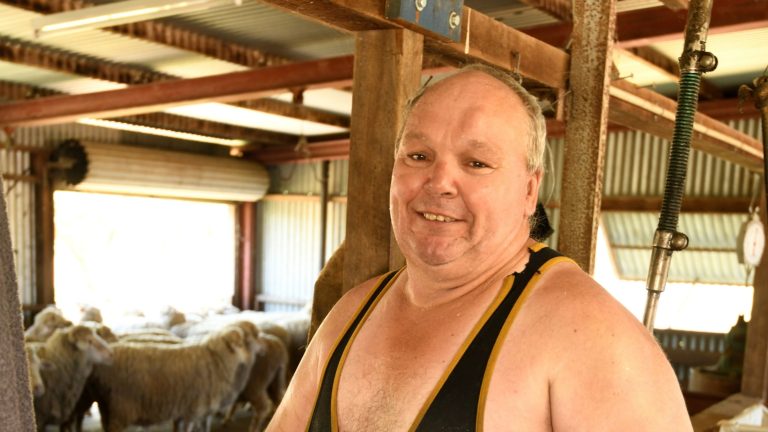
Hosting a renewable energy project doesn’t just contribute to cleaner energy. It provides an additional income stream for the host,

Community information sessions were recently held in Armidale for the proposed Boorolong Wind Farm. The team continues to engage with

Renewable energy developer and operator CWP Renewables is again calling on community groups and charities to apply for support in

Leading renewable energy developer CWP Renewables is inviting the community to information sessions this month for its proposed Boorolong Wind

CWP Renewables is committed to engaging with local residents and members of the community. As part of the environmental approvals
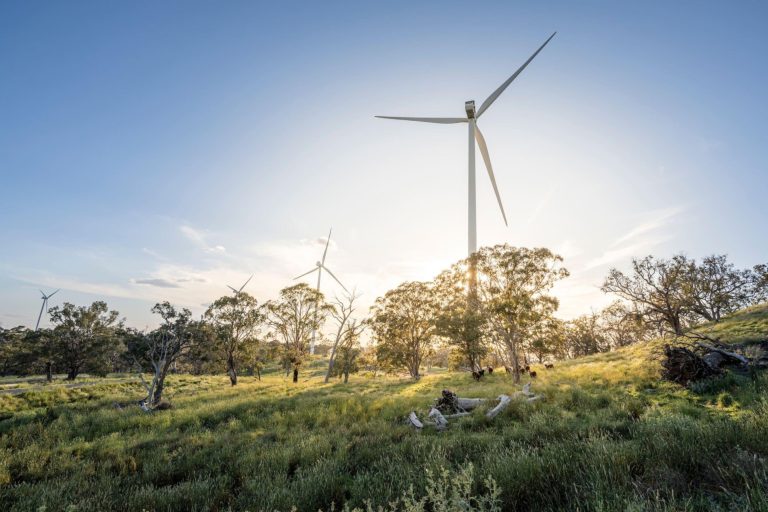
The transition to renewable energy has well and truly been in the spotlight to date this year. Not only have

The investigation area sits within both the Armidale Regional Council and Uralla Shire Council areas. Read more in our first community

As a leading renewable energy developer and operator, we have an asset management portfolio of more than 750 MW and

Clean energy developer and operator CWP Renewables (CWPR) has launched its inaugural Reconciliation Action Plan (RAP), taking an important step
Step 1


Project identification and site selection
Identification and site selection is based on an analysis of opportunities and constraints including (but not limited to): distance to the electricity grid, wind resource and population density of the surrounding community. Our team then undertake a number of site visits and consultation with landowners in the area.
Project identification and site selection
Step 2


Project feasibility and community engagement
Site-specific investigations are undertaken to assess the impacts and opportunities of the project and feedback is sought from the local community.
Project feasibility and community engagement
Step 3

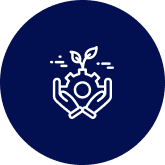
Development Application and Environmental Impact Statement
A Development Application is made and an EIS prepared which involves a wide range of studies to address stakeholder feedback received to date and to consider the potential environmental and social impacts of the project.
Development Application and Environmental Impact Statement
Step 4


Public exhibition and submissions report
The EIS is placed on public exhibition through the NSW Department of Planning, Housing and Infrastructure. Interested members of the public are invited to have their say during the exhibition period by way of formal submissions. A Submissions Report is then prepared, which aims to respond to the submissions received.
Public exhibition and submissions report
Step 5

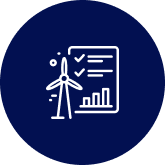
Assessment and development consent
The project documents are assessed by the relevant government authorities. If determined, Development Consent is granted alongside a range of conditions specific to the project.
Assessment and development consent
Step 6


Post approval, contracting and financing
A lead contractor(s) to build the project is appointed and all pre-construction approvals and consents are finalised. During this phase, the lead contractor(s) is provided with a list of local businesses that have registered their interest and capabilities through the project website.
Post approval, contracting and financing
Step 7


Procurement
During this phase our lead contractor(s) seek tenders and engage contractors and suppliers to undertake the scope of the works. Orders are then placed for major components such as the wind turbines.
Procurement
Step 8
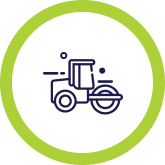
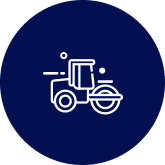
Early works and design
Initial site activities commence, such as minor clearing and provision of access roads along with establishing a site construction compound. Off-site detailed design works commences in parallel.
Early works and design
Step 9
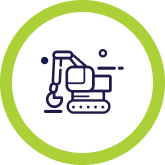

Major civil works
During this phase of the construction the bulk of the civil works takes place. This includes the construction of new internal access roads, excavation and construction of the turbine foundations, installation of the internal electrical reticulation system, construction of the high voltage substation and main transmission line network.
Major civil works
Step 10
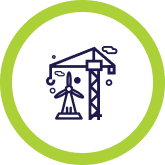
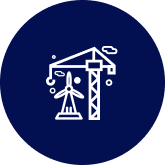
Wind turbine erection
This is where the visual aspect of the wind farm starts to emerge, with large cranes lifting the tower sections, nacelle, hub and blades into place.
Wind turbine erection
Step 11
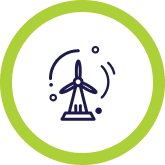
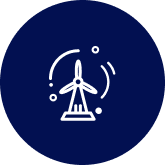
Commissioning
In order to export power to the grid, each turbine is required to undergo several performance tests. It is during this stage that you will start to see turbines spinning and ultimately the whole of the wind farm complete.
Commissioning
Step 12


Operations
The project is operating in accordance with relevant approval conditions and management plans. Compliance with conditions of approval and management plans is monitored as required throughout the life of the project.
Operations
Step 13


Decommissioning
The design life of the wind turbines will be at least 30 years. At the end of their useful life, the wind turbines and electrical equipment will be either replaced and the wind farm repowered, or the project will be decommissioned, and the site returned to its original use at the expense of the project.
Decommissioning
The NSW Government has set out a plan to deliver a number of Renewable Energy Zones (REZ) within the State. A REZ involves the coordinated development of new grid infrastructure in energy rich areas to connect multiple renewable energy generators (such as solar and wind farms) in the same location.
The designation of a REZs is intended to result in the development of additional capacity for renewable electricity generation, producing low-cost power for NSW homeowners and business, driving down carbon emissions within the electricity generation sector, and importantly, driving up job growth and employment opportunities through enabling significant investment into the regions.
For more information on the New England REZ, including an indicative location, visit https://www.energyco.nsw.gov.au/renewable-energy-zones
For more information on the New England REZ, including an indicative location, visit:

The wellbeing of the community is a core component of our work. Our approach to engaging with the local community is both genuine and lasting. We own our projects from development right through to operations. This gives us unrivalled experience through the entire project life and provides us with a deep-founded respect for people, communities and the environment.
Our team work respectfully with the communities in which we work, are sensitive to environmental and cultural values and aims to make a positive contribution to the regions in which we operate.
We welcome your contact and feedback should you have any questions or concerns about the proposed Boorolong Wind Farm.
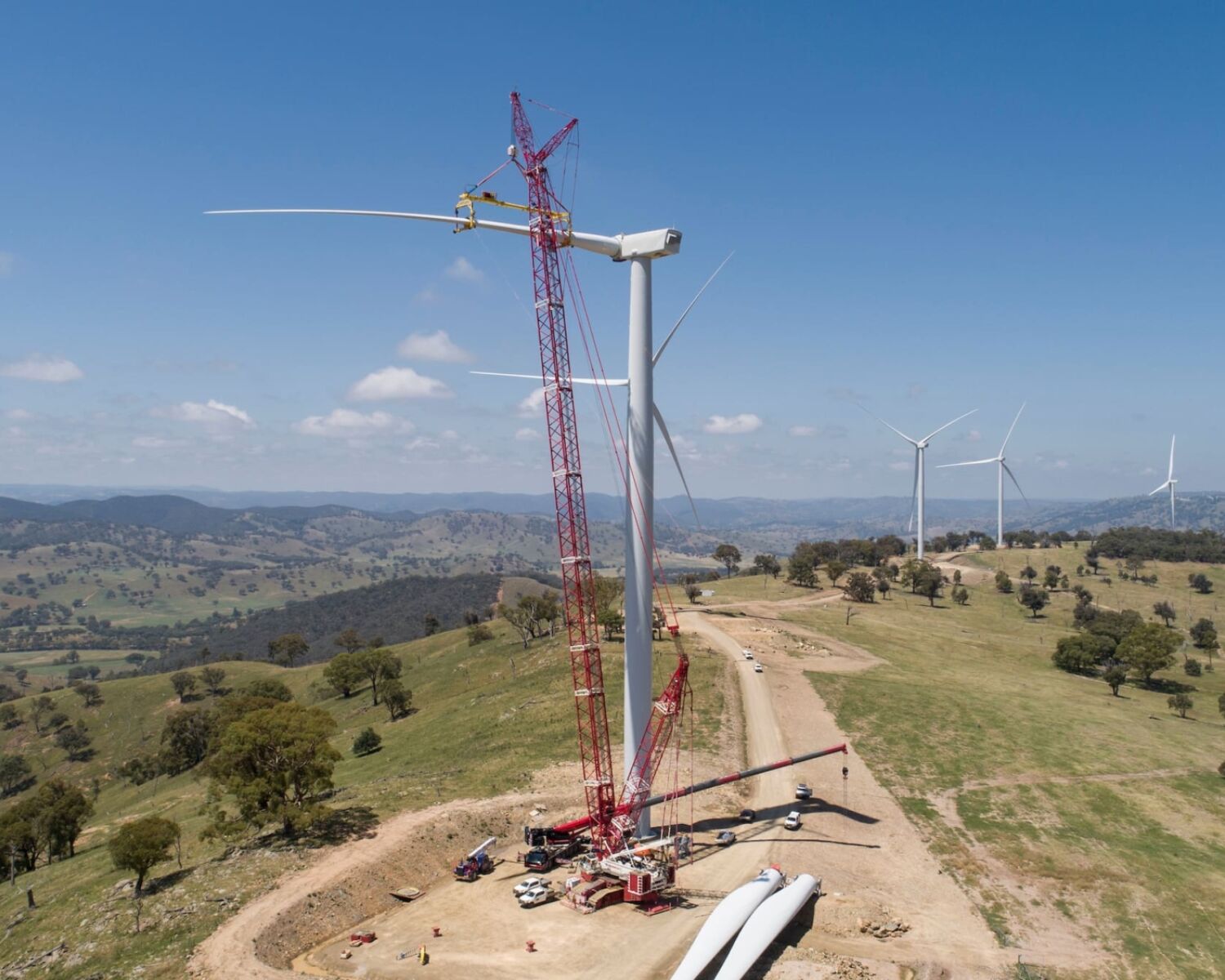
Our mission is to maximise investment in the regional economy through the engagement of local businesses. Our investment in the local community is long lasting and has a significant flow on effect within the larger region.
We hire local contractors to support our projects throughout the project lifecycle, with temporary and ongoing jobs created during the construction and operational periods.
We are committed to engaging with local businesses and contractors from the New England Region to present them with opportunities to benefit from the project.
We share the benefits of our projects by supporting communities over the long term. We do this through a range of opportunities such as community benefits funds, voluntary planning agreements, community sponsorship and grant initiatives.
We recognise that each community is different, and we aim to tailor benefits at each project and make positive lasting contribution to each region.
Each of our projects has a community sponsorship program, which provides funds or in-kind support to community organisations and events in the local project area.
Key areas for the program include:
• Education and training initiatives
• Community development programs
• Health and wellbeing
• Environmental initiatives
Applications are open for community sponsorship. Please contact us using the details below for more information about Boorolong Wind Farm community sponsorship opportunities. Download and complete the Community Sponsorship Application and forward with any relevant documentation to info@squadronenergy.com.
Alternatively, you can complete and submit the form online via the link below.
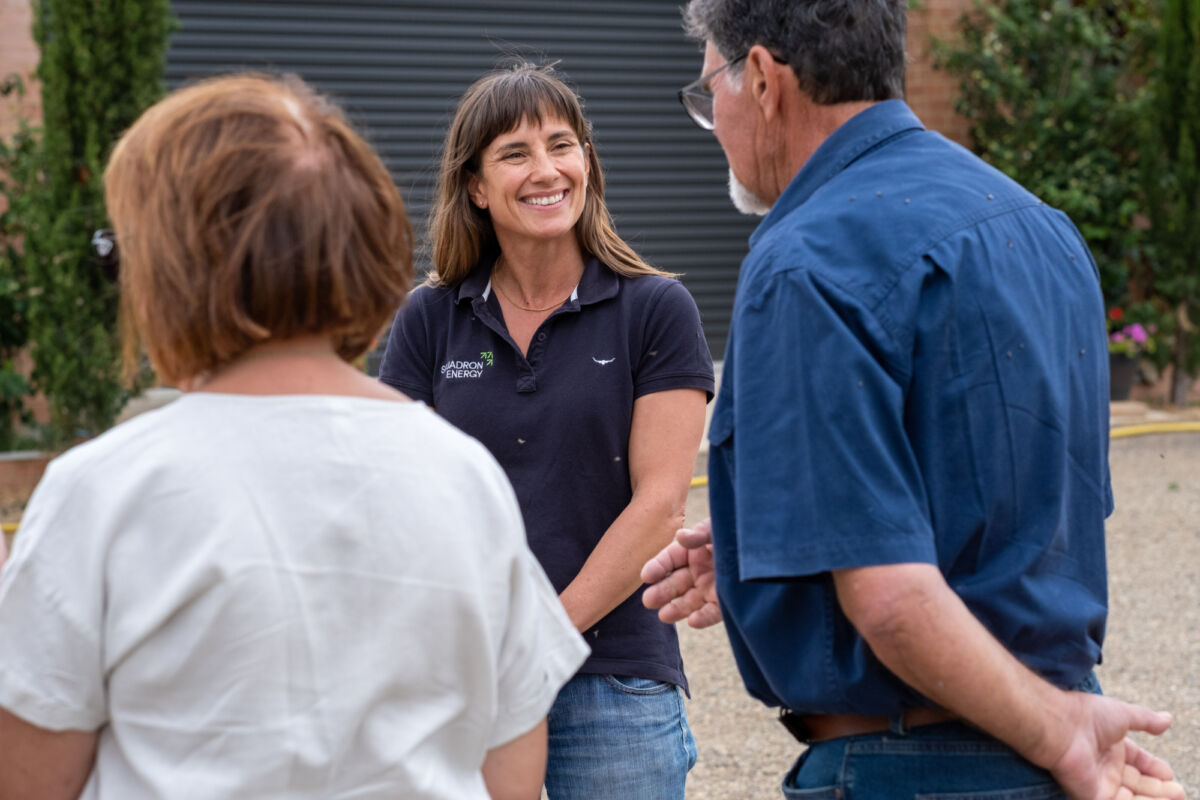
Download
Download
Download
June 2022 - Community Newsletter
Download
November 2022 - Community Newsletter
Download
April 2023 - Community Newsletter
Download
August 2024 - Community Newsletter
Download
December 2024 - Community Newsletter
Download
April 2025 - Community Newsletter
Download
November 2025 - Community Newsletter
Download